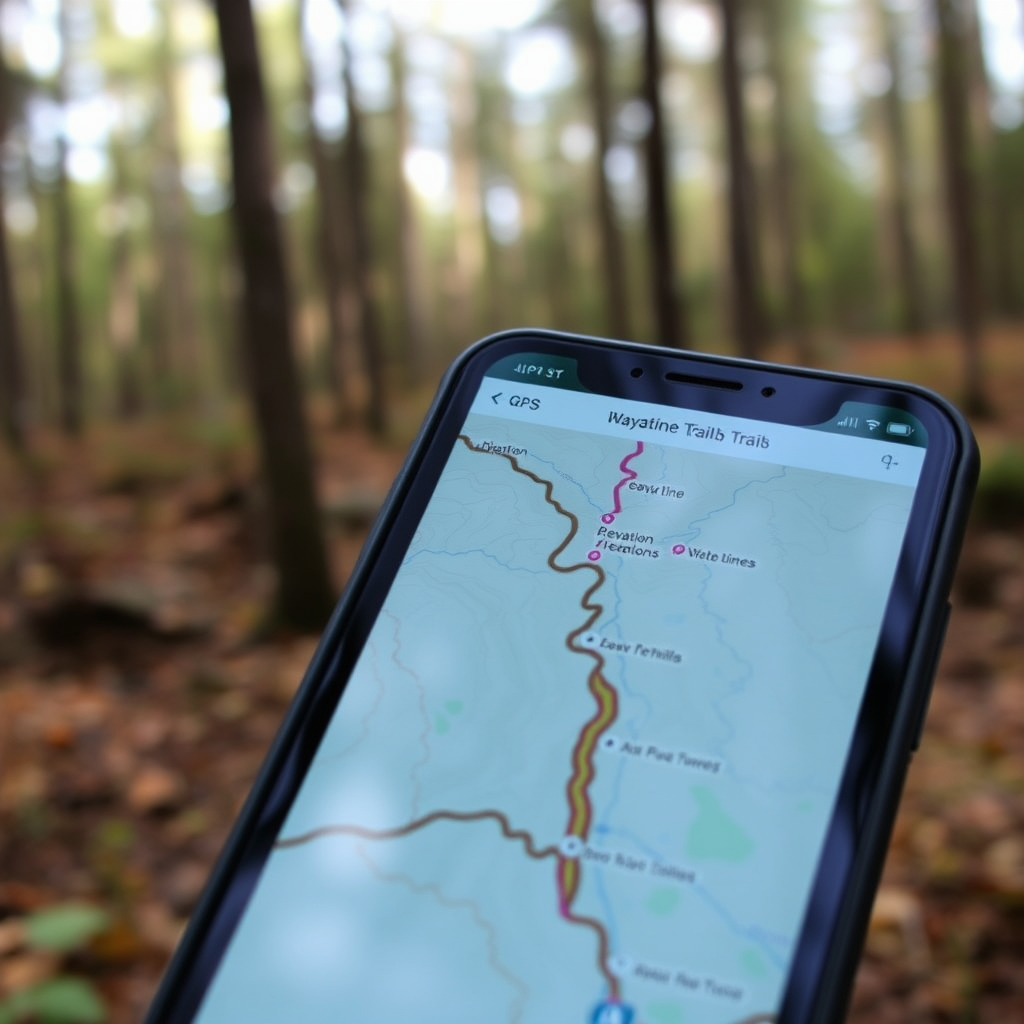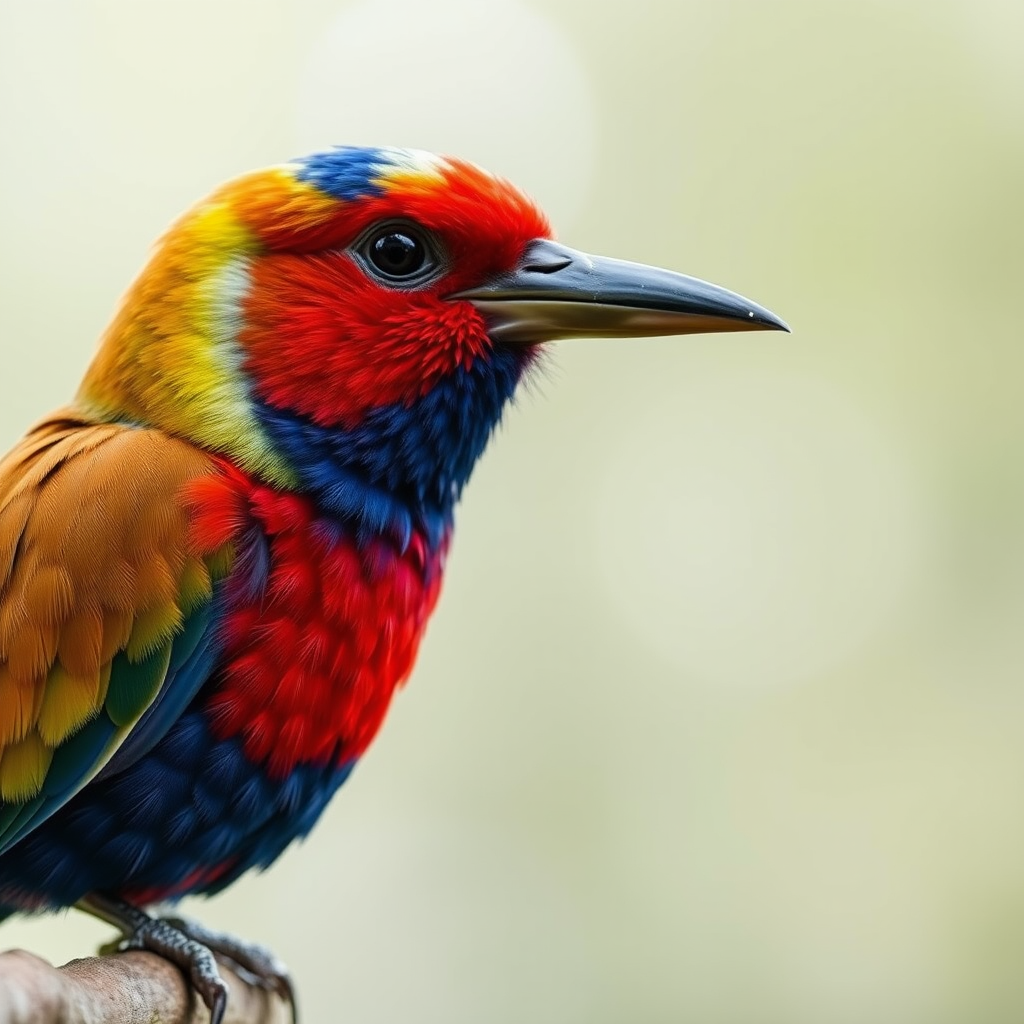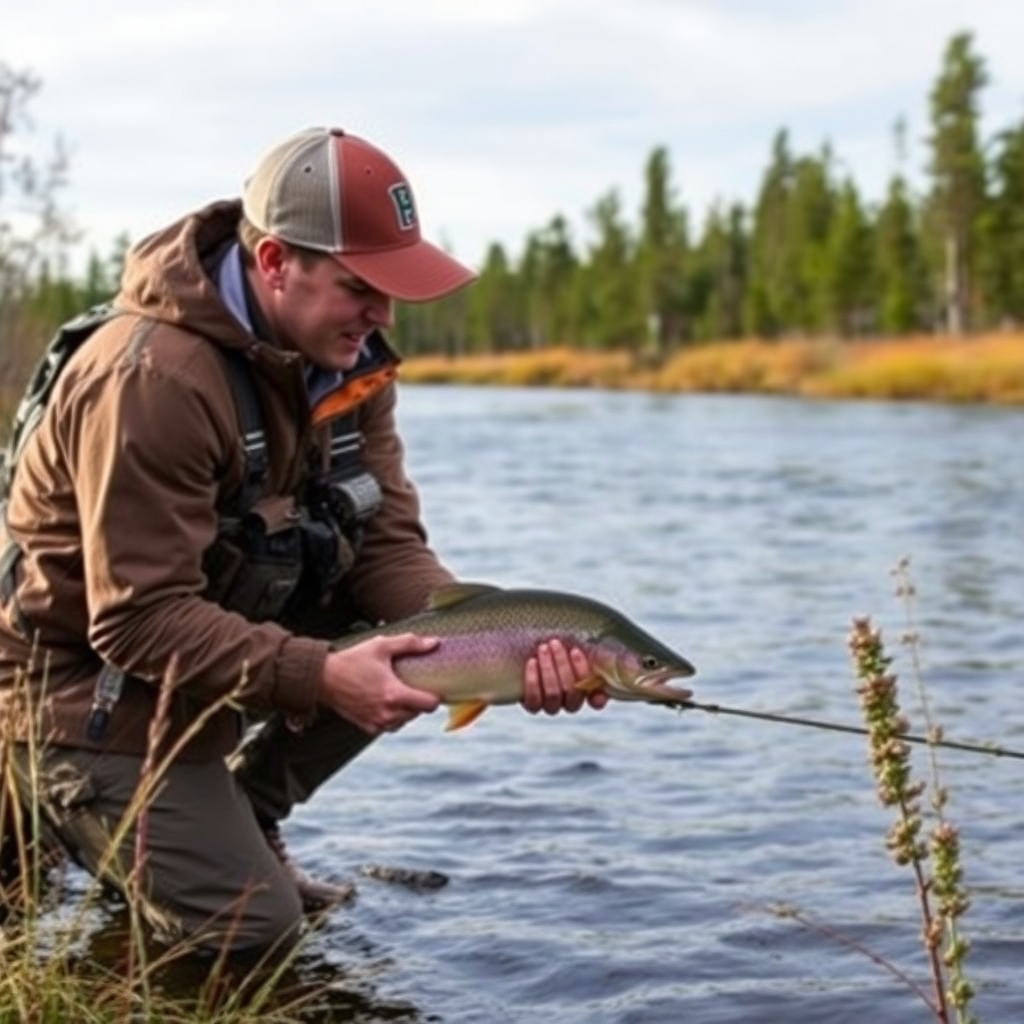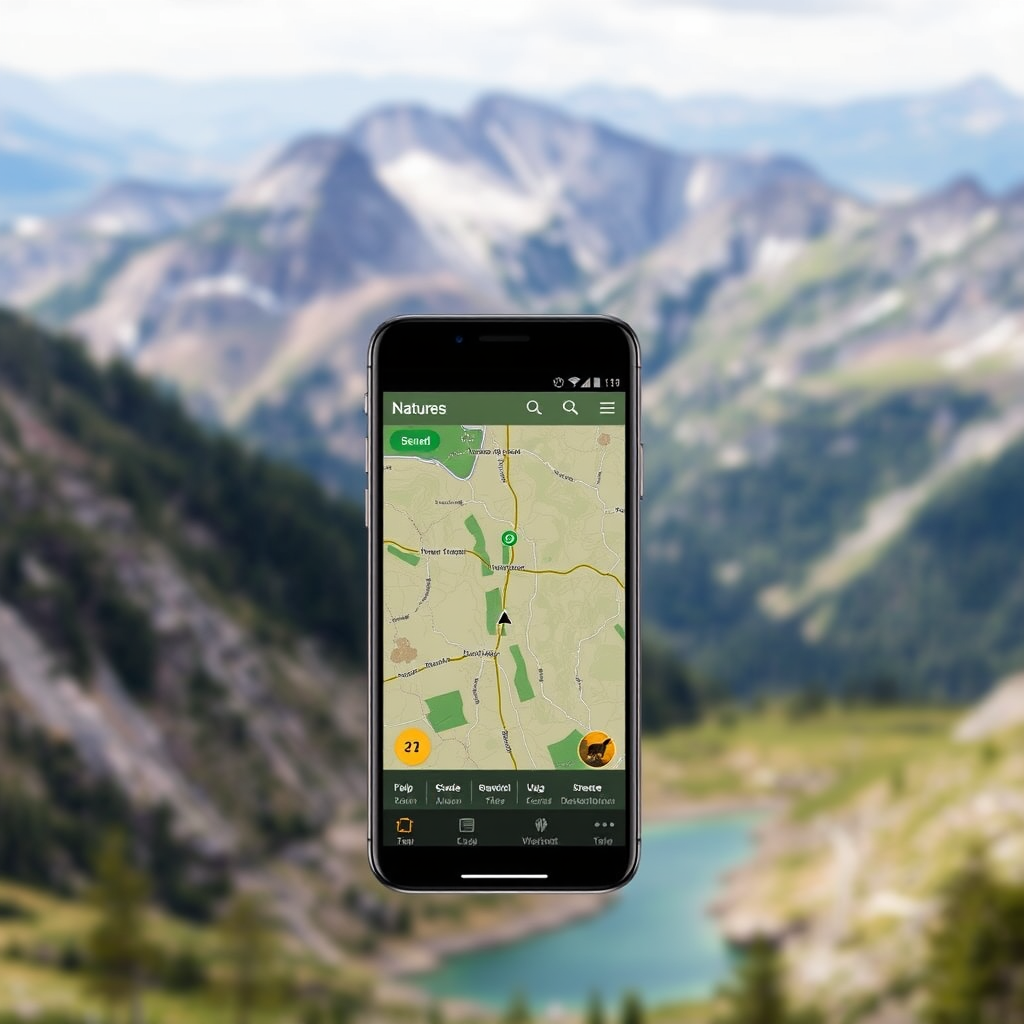The outdoor recreation industry is experiencing a digital transformation that's fundamentally changing how people explore and interact with nature. Recent studies reveal that interactive guide systems, particularly applications like Galekkina Trezor, are significantly enhancing user engagement and safety during outdoor adventures.
Revolutionary Impact on Outdoor Experiences
Data collected from over 15,000 outdoor enthusiasts across North America and Europe demonstrates a remarkable 73% increase in trip satisfaction when using interactive digital guides compared to traditional paper maps and guidebooks. The integration of real-time information, GPS navigation, and species identification features has created a more immersive and educational outdoor experience.
Key Engagement Statistics
- 73% increase in overall trip satisfaction
- 68% improvement in safety awareness
- 45% longer average exploration time
- 82% more likely to recommend locations to others
Technology-Enhanced Safety Measures
One of the most significant findings relates to safety improvements. Interactive guide systems provide real-time weather updates, trail condition reports, and emergency contact features that have contributed to a 68% improvement in safety awareness among users. The ability to share location data with emergency contacts and access offline maps has proven invaluable for solo adventurers and families alike.


User Feedback and Behavioral Changes
Survey responses from outdoor enthusiasts reveal fascinating behavioral changes attributed to interactive guide usage. Users report spending 45% more time exploring natural areas, with many discovering new species and geological features they would have otherwise overlooked. The gamification elements built into modern guide systems, such as achievement badges and exploration challenges, have particularly resonated with younger demographics.
"The interactive features transformed my hiking experience completely. I discovered three new bird species and learned about local geology that I never would have noticed before."
Environmental Education and Conservation Impact
Beyond entertainment and safety, interactive guide systems are proving to be powerful tools for environmental education. Users equipped with digital guides demonstrate a 56% increase in species identification accuracy and show greater awareness of Leave No Trace principles. This educational component is fostering a new generation of environmentally conscious outdoor enthusiasts.
The integration of citizen science features allows users to contribute valuable data to conservation efforts, with over 25,000 wildlife sightings and environmental observations recorded through guide applications in the past year alone. This crowdsourced data is providing researchers with unprecedented insights into wildlife patterns and ecosystem health.
Future Developments
Emerging technologies such as augmented reality overlays, AI-powered wildlife behavior prediction, and integration with IoT environmental sensors promise to further enhance the outdoor exploration experience. These innovations will continue to bridge the gap between technology and nature, creating more meaningful and educational outdoor adventures.
Industry Implications and Adoption Trends
The success of interactive guide systems is driving widespread adoption across the outdoor recreation industry. National parks, nature reserves, and tourism boards are increasingly partnering with technology companies to develop customized guide applications. This trend is expected to accelerate as younger, tech-savvy generations become the primary demographic for outdoor recreation activities.
Market analysis indicates that the interactive outdoor guide sector is projected to grow by 34% annually over the next five years, driven by increasing smartphone penetration, improved battery technology, and growing interest in sustainable tourism practices.
This analysis is based on comprehensive user surveys, industry reports, and behavioral studies conducted between January and October 2025.

